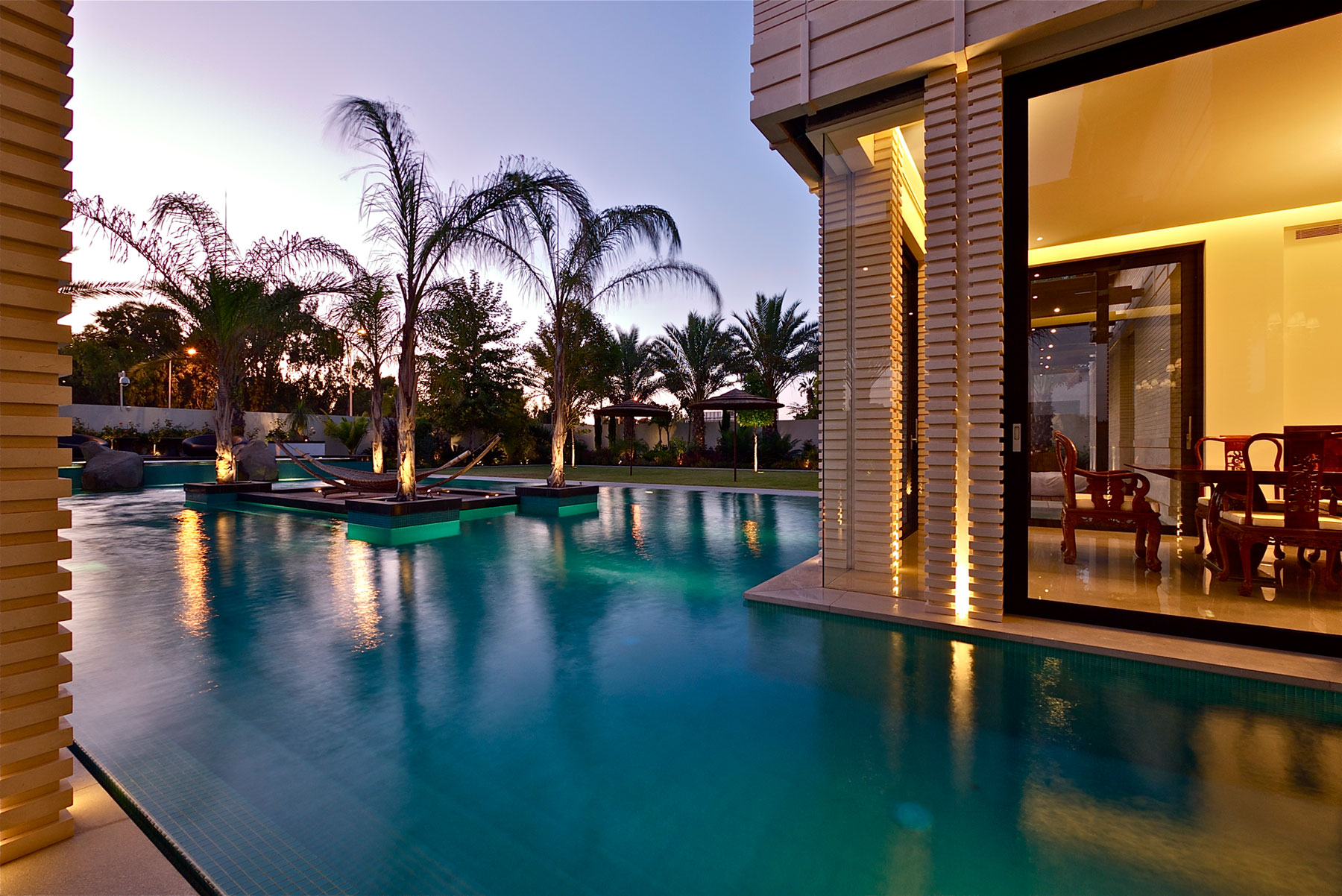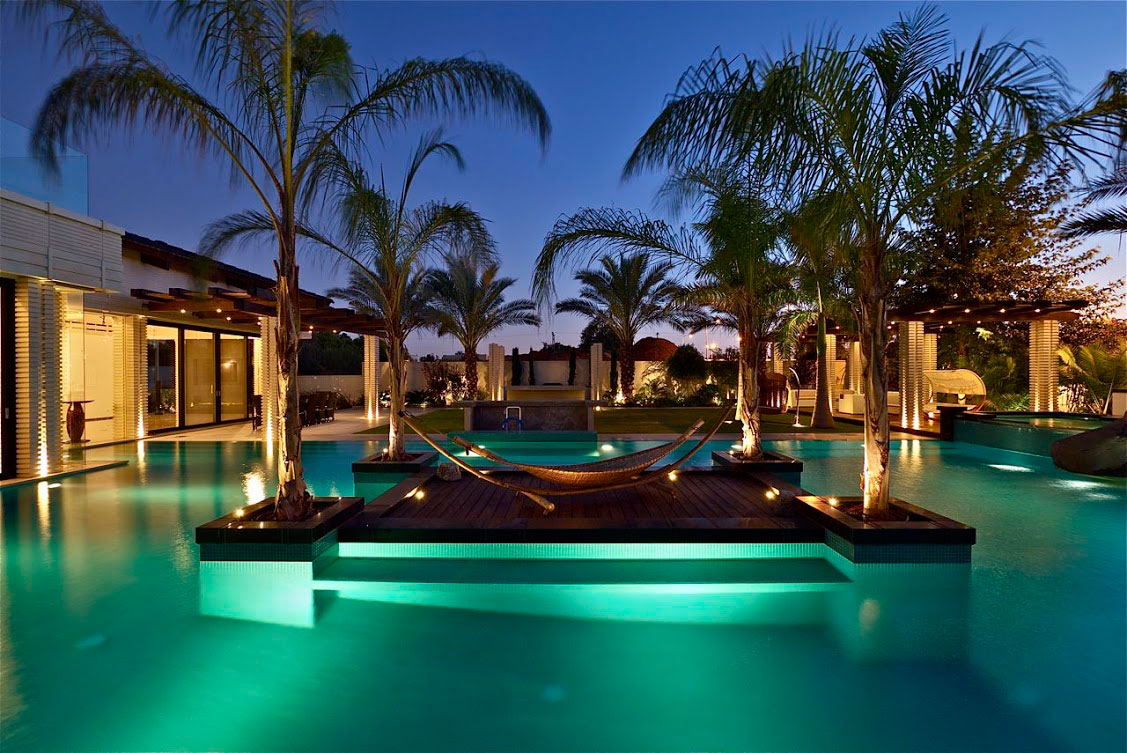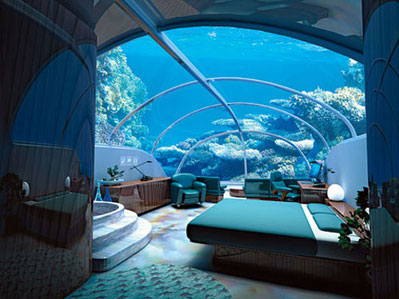1. The ocean floor can be measured and mapped by using current acoustical technology by the sound of the ocean, sound travels through water in wave like form, to create different sounds. the tools that scientist use is to detect the sounds of the ocean floor.
2. A flat abyssal plain: an underwater on the deep ocean floor, usually found at the depths between 3000 and 6000 m. lying generally between the foot of a continental rise and mid ocean ridge, covers more then 50% of earths surface

3. underwater seamount or guyot: a guyot is a isolated underwater volcanic mountain with a flat top over 200 meters bellow the surface of the ocean.

4. Continental shelf, break, slope and rise:
is the extended perimeter of each continent and associated coastal plain.

5: Submarine canyon on the continental shelf: a steep sided valley cut into the sea floor of the continental slope sometimes it extends well onto the continental shelf. depths grader the 2km bellow sea level.

6. mid-ocean ridge: another term of underwater mountain system the consistences of various mountain range typically having a valley know as rifts running running along its spine, formed by plate tectonics.

7. trench and island arc system: often composed of changes of valcanions with arc shaped aliment situated parallel and close to the boundary between two covering tectonic plates.
8. some new research questions i have is how can you tell the type of sea floor a sea has just by the waves and motion of the ocean
9. the value of this is to have us learn the different ways that the ocean floor can be identified in easy ways and not physically having to go down there.



















